Caches in Romania
A cache is usually a container of various sizes. Each cache contains a notebook, so-called logbook, a pen or pencil and small items for exchange, which are left here by the cachers. Each cache has its own unique GC code. You can also find wooden coins in the caches, so-called SWG. You are welcome to keep these as a souvenir!
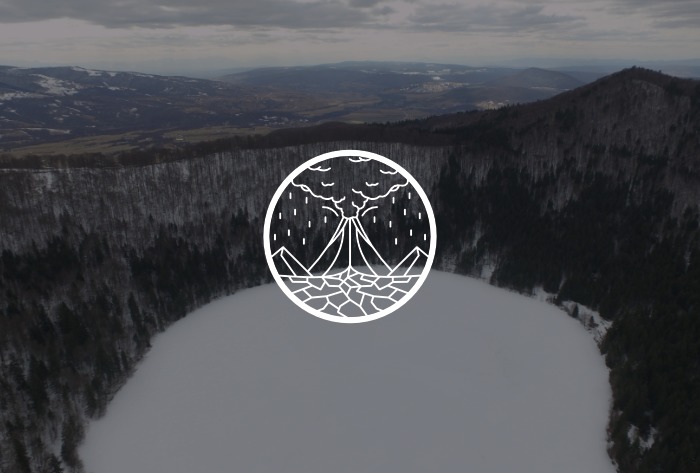
Volcano under the water
Lake Sfânta Ana (lit. Saint Anne Lake) is the only crater lake that remained in Central and Eastern Europe. It is located in one of the two volcanic craters in the Ciomatu Massif. The lake has no springs, it is supplied exclusively with precipitation. As a result, a special and very fragile ecosystem has developed here. An old legend, which preserves the history of the formation of the lake and the origin of its name, is an important part of the Transylvanian culture. During your search for this cache, you will find out some of the specifics of the lake and the surrounding mountains.
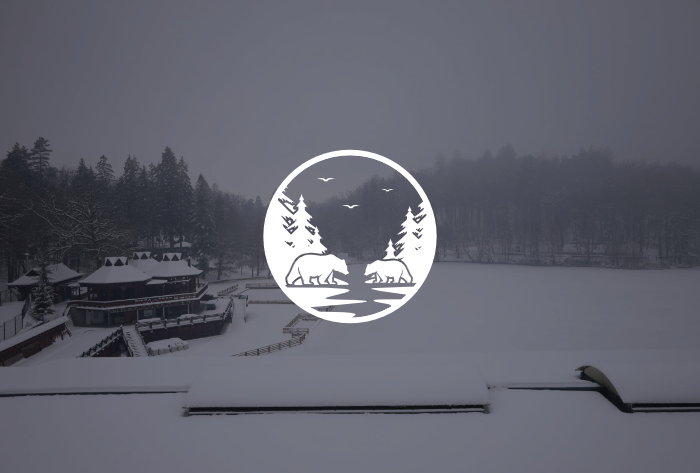
Bear lake
The Bear Lake is the world’s largest and Europe’s only heliothermal lake. The fascinating part is, that we know the exact date of its birth. In 1875, rains had broken the ground on the salt karst, and the huge cavity was filled by the streams flowing once through the meadow.
Bear Lake is located in a Natura 2000 protected area. Solving this quest you can explore the complementary lakes, natural formations and wildlife within the area.
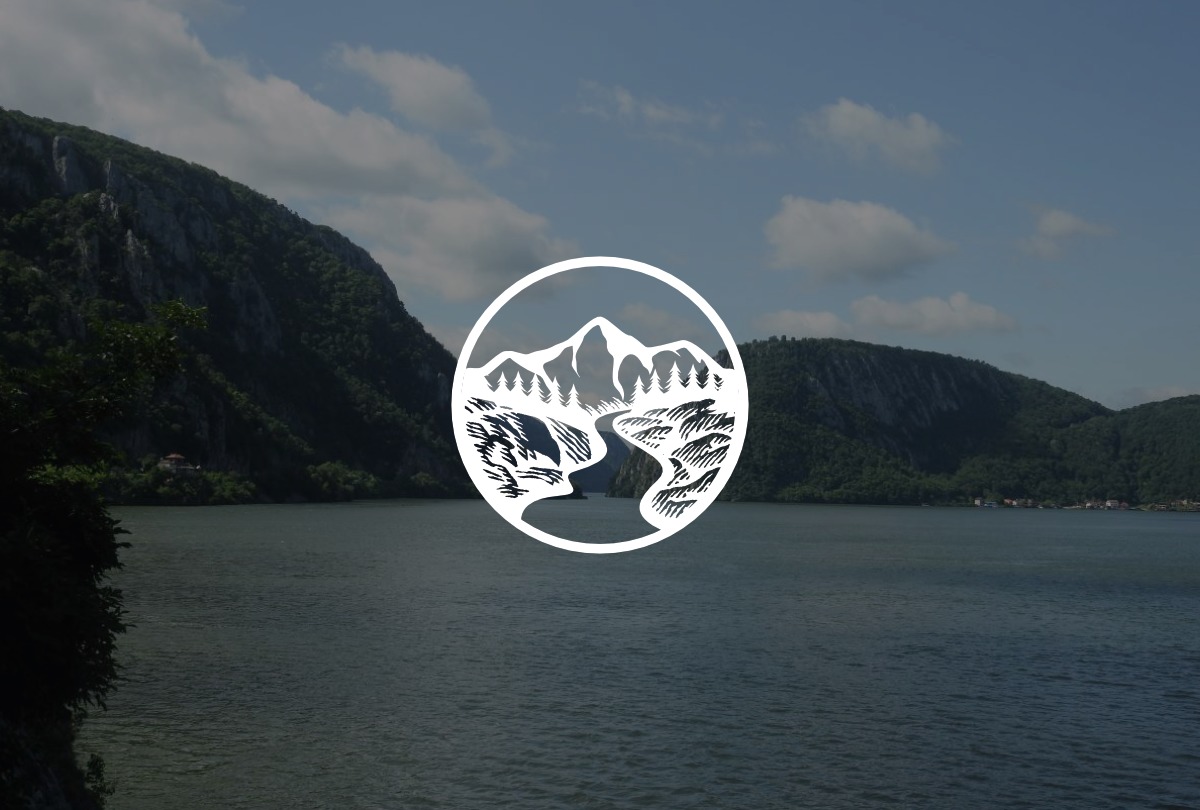
Guardians of the water
On its way of more than 2,800 km from its source to the Black Sea, the Danube offers many fascinating landscapes to those who wish to travel in Europe. The place where this cache is placed, is perhaps one of the most amazing and exciting of these, the Iron Gates.
The Iron Gates Gorge is actually not a single gorge, but a system of valleys over 130 km long, made up of several sectors. Its narrowest section is the Great Kazan Gorge, where the width of the river is barely 150 meters. This multi-cache invites you to a walk through the forest on the way to the Trescovăț peak, where you can enjoy the view over the Gorge.

The eye of the volcano
The Racoșul de Jos Geological Complex is a protected area of national importance. The complex became famous due to the traces of volcanic activity that took place more than a million years ago. In the 20th century, the quarry was actively exploited in the area, which greatly contributed to the development of the current image of the landscape.
This multi-cache guides you to the three most important attractions of the Geological Complex.
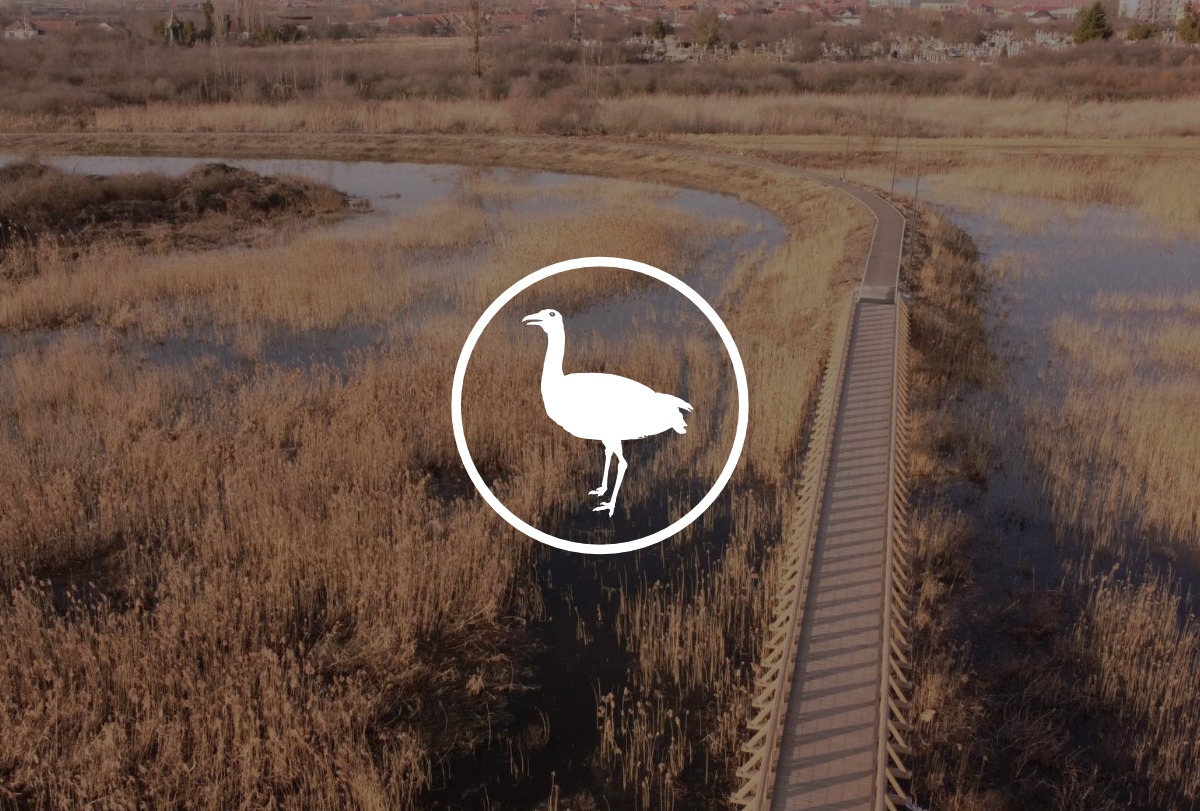
The Realm of the Great Bustards
Salonta and its surroundings were once a wetland where streams formed puddles, marshes, islands. However, the riverbeds were regulated in the 19th century, resulting in the drying up of the marshes and the conversion of the landscape to agricultural use. The remaining unaltered areas, known as Pannonian meadows, are now highly valuable and threatened habitats. Part of the municipality of Salonta is included in the Natura 2000 network. The area known as Pescăria Cefa-Pădurea Rădvani is particularly important for birds, particularly the great bustard. This species, of which there are only about 40 left in Romania, is difficult to spot and requires international cooperation for its conservation. Today, Salonta’s population of the great bustard is the only viable one in the country.
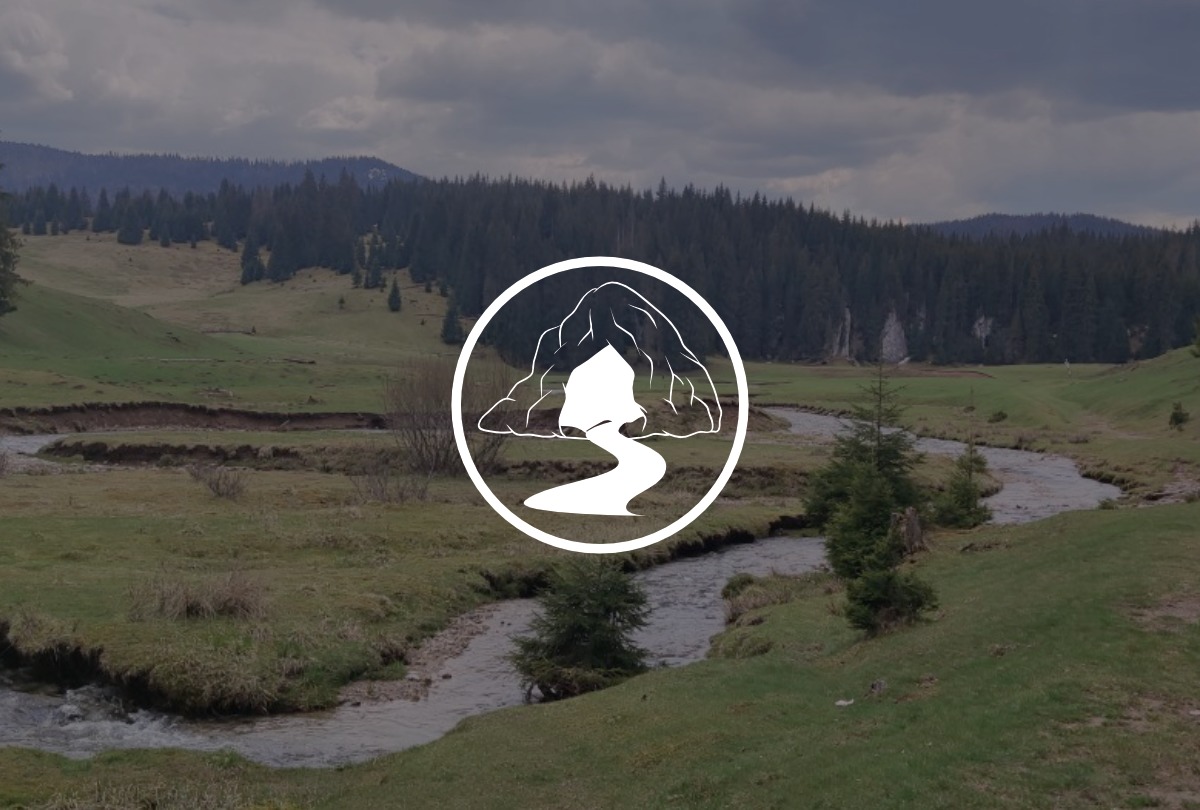
The Tale of Water
The Padiș karst plateau in the Romanian Bihor Mountains is a unique and scientifically significant area. Surrounded by rock walls, it presents a variety of karst formations, including caves, sinkholes and ice caves. The hydrography of the plateau is fascinating, as its waters flow underground and re-surface beyond the rocks. Its unique microclimate has created a diverse vegetation, with northern and alpine species thriving at low altitudes. This nature reserve overlaps with other protected areas and is home to a number of protected plant species such as the Globeflower, several species of Gentianaceae and Orchidaceae, the Martagon Lily, the Turkish Marsh Gladiolus or the Round Leave Sundew.
Activity in Romania is led by Milvus Group
The Milvus Group Association is a non-governmental, non-profit organisation, dedicated to bird and nature protection, acting in the fields of conservation, education, research and consultancy in order to make Romania a better place for birds, wildlife and people.


